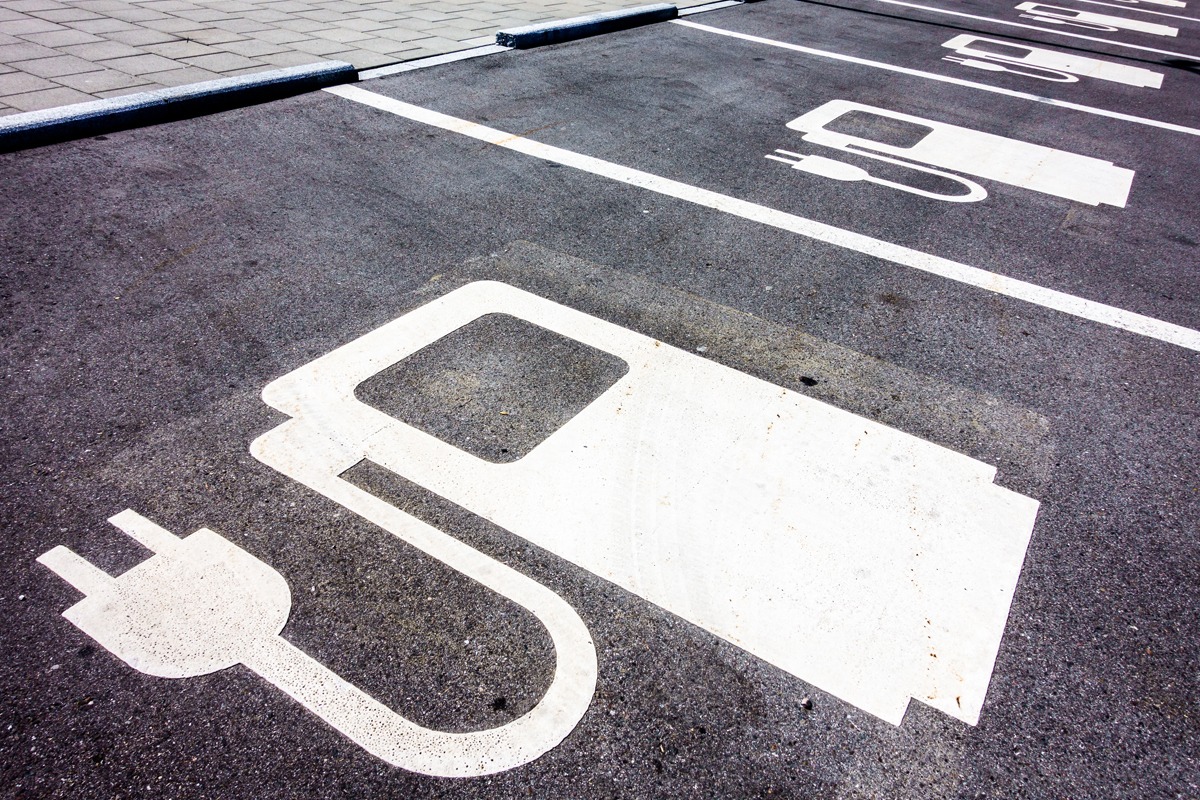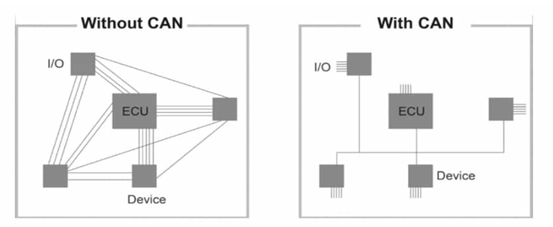
The Electric Vehicle Revolution and the Future of Fleet Vehicles
Electric vehicles have sparked a new era in the automotive manufacturing industry. Every car manufacturer seems to be joining the movement quickly before they are left behind. Companies like Ford and GM recently announced new Electric models of their engine revving, tailpipe roaring F150 and Hummer, a paradox symbolizing the new era unlike any other. Both are set to release sometime in 2022, and the first edition of the Hummer has already sold out. It is clear that companies like Tesla have proven the high demand for electric vehicles and have likewise shown they can be successful in more than just a sedan.
Even in the trucking and fleet world, electric vehicles are emerging quickly. Amazon has committed to EV vehicles as part of their “zero emission” goal, purchasing 100,000 EV trucks to be fully implemented by 2030. Also, the California Air Resources Board is investing $45 million in EV trucks into companies such as Volvo Trucks, and already has 5 electric trucks in Southern California with more coming in the future. But the grass is not all green. Right now these current trucks are for short trips, and even with significant innovations in the car batteries, the trucks can only travel 150 miles per day. Compounded with that is the nuanced question of how sustainable and truly eco-friendly EV really is. Both issues pose serious questions and obstacles in the fleet world, an industry that contributes immensely to the overall carbon footprint in the United States.
EV Trucks and the Open Road
The open road. Everyone can visualize it. One to two lanes on each side, and nothing anywhere else. And long. Very, very long.
Open roads connect cities to other cities and are one of the main reasons we can grow corn in Nebraska and enjoy it at our Bar-B-Que in sunny San Diego. That corn travels approximately 1,395 miles (according to Google Maps) to feel the sizzle of the propane tank and smell the salt of the west coast beaches. However, corn, like all produce, does not live forever. Because of this, fleet managers and businesses optimize their fleet systems to traverse those thousands of miles in minimal time. So, tasks like this make EV trucks unusable. At peak innovation today, the 150 mile estimate before recharge would put distribution of this corn at 9.3 days. Uncooked corn, even when properly refrigerated, last about 5-7 days after harvest.
Even for goods that do not perish, the economic hit of extending trip times/days renders EV useless for longer trips, and even medium length day trips. 14 hours is the maximum a truck driver can drive consecutively. Feasibly a driver could make the 5 hour 51 minute trip from Los Angeles to San Francisco and back within 1 workday. However, with the EV truck that trip would take 3 days just to reach San Francisco as the route is 380 miles. The lost productivity makes for drastic economic hits and deteriorated operations systems. So, while the EV revolution continues to roar on, the fleet world still has to progress a lot before being feasible. Also, we need to ensure EV is the proper investment to make.
Eco-Friendly & EV
The most advertised reason for the creation and rapidly growing traction of EVs is that they are sustainable and eco-friendly. Electric Vehicles produce zero tailpipe emissions. Meanwhile, regular gas-powered vehicles account for approximately 23% of all U.S. carbon dioxide emissions. The disparity is staggering. However, electricity itself faces a battle with sustainability. Electricity is overwhelmingly produced from fossil fuels (61%), amounting to 27% of all U.S. carbon dioxide emissions. The entire renewable energy movement began with ways to substitute electricity production. So, electric vehicles are not enitrely emission free. Coupled with the residual emissions and pollution from battery manufacturing, EVs might not be the saving grace to eco-friendly transportation that it advertises.
Overall, though, that same Forbes article illustrates how electric vehicles are still more eco-friendly than its gas-powered counterparts. But not nearly as much as hoped for, and certainly not worth revolution. That is unless we can revolutionize electricity production. As shown in this graph, the total emissions of the electric powered Nissan Leaf varied by country. This is based on where their electricity is pulled from. Norway’s main source of electricity is hydropower, which means the electricity put into the Nissan (its fuel cycle) produces zero emissions. However, the U.S. has one of the largest fuel cycles because of our dependence on fossil fuels.

While it looks bad on the surface, this is actually the gleaming light. If renewable energy can surpass fossil fuel in electricity production, then EVs will truly serve as the eco-friendly transportation solution that it is advertised as right now. EVs are necessary for the uphill battle of sustainable and eco-friendly transportation. But it is renewable energy that must be revolutionized for EVs to shine.
In the fleet world, many obstacles exist in becoming emission free and truly eco-friendly, but never bet against innovation. It is how we can enjoy corn on the beach.





Leave a Reply